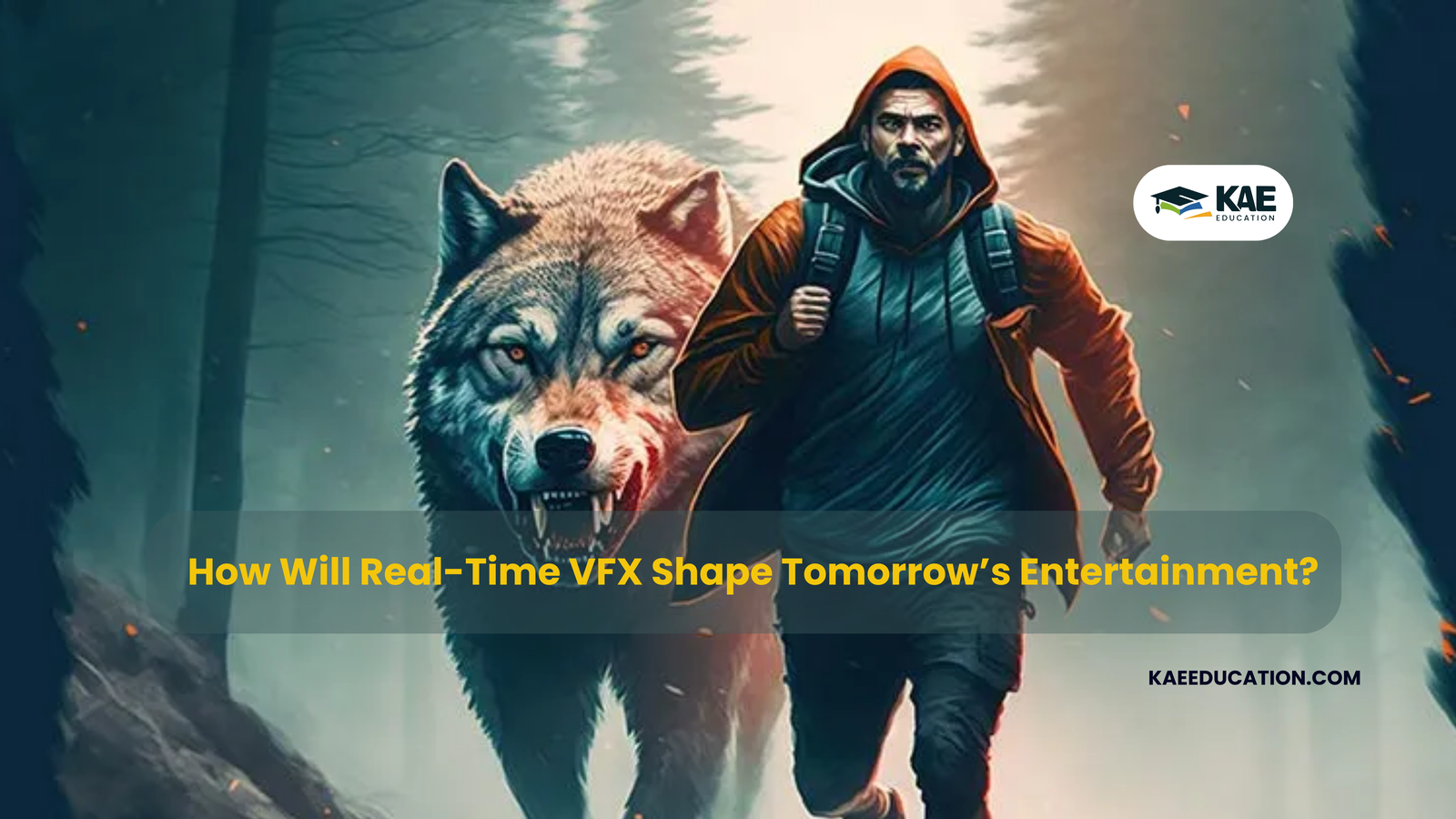How Will Real-Time VFX Shape Tomorrow’s Entertainment?
Real-time VFX (visual effects) is revolutionizing the Entertainment Industry, transforming the way stories are told and experienced. By merging cutting-edge technology with artistic creativity, real-time Virtual effects is pushing boundaries and delivering immersive experiences that were once unimaginable. However, what does this actually mean for entertainment going forward? Let’s explore.
What is Real-Time Virtual effects?
Real-time Virtual effects refers to the creation and rendering of visual effects instantly, without the need for lengthy post-production. It leverages powerful game engines like Unreal Engine and Unity to produce high-quality visuals in real-time. This technology has already made waves in Industries like Gaming, Virtual production, and live events, and its potential is expanding rapidly.
Key Advantages of Real-Time VFX
(1) Instant Creativity
(i) Creators can see the results of their work immediately, allowing for faster iteration and innovation.
(ii) On set, directors are able to see sequences and make quick changes.
(2) Enhanced Immersion
(i) Real-time Virtual effects brings hyper-realistic environments and characters to life, enabling truly immersive storytelling.
(ii) Ideal for interactive media like virtual reality (VR) and augmented reality (AR).
(3) Cost and Time Efficiency
(i) Reduces the need for extensive post-production work, cutting costs and timelines.
(ii) Streamlines workflows, enabling smaller teams to achieve high-quality results.
Applications of Real-Time VFX in Entertainment
(i) Movies and TV Shows: Virtual production blends real-time Virtual effects with live-action, as seen in shows like The Mandalorian.
(ii) Gaming: Real-time rendering creates dynamic, lifelike Gaming experiences.
(iii) Live Events: Concerts and events feature stunning real-time visuals, creating unforgettable spectacles.
(iv) VR and AR Experiences: Real-time VFX powers interactive environments in the metaverse.

How Real-Time VFX is Reshaping Entertainment
(1) Democratizing Creativity
(i) With accessible tools and platforms, independent creators can produce cinematic-quality visuals without massive budgets.
(2) Pioneering New Genres
(i) Real-time Virtual effects opens doors to genres that rely on dynamic, interactive storytelling.
(ii) Enables innovations in virtual concerts, digital fashion shows, and gamified narratives.
(3) Blurring Boundaries
(1) Seamlessly integrates Gaming, film, and live performances, creating hybrid experiences.
(ii) Audience participation becomes a central element of entertainment.
Challenges of Adopting Real-Time VFX
(i) High Initial Investment: Requires powerful hardware and specialized software.
(ii) Steep Learning Curve: Demands skilled professionals who can adapt to evolving technologies.
(iii) Creative Limitations: While advancing rapidly, real-time rendering may still lack some features found in traditional workflows.
Conclusion: The Power of Real-Time VFX
Real-time VFX is a game-changer, redefining how stories are created and consumed. By enabling real-time rendering and interactive experiences, it’s paving the way for a future where creativity knows no bounds.
As technology continues to evolve, real-time Virtual effects will shape tomorrow’s entertainment, bringing audiences closer to the action and unlocking new storytelling possibilities.
FAQs About Real-Time VFX
Real-time VFX involves generating visual effects instantly, allowing creators to see results immediately. It uses tools like Unreal Engine for seamless rendering during production.
It allows filmmakers to visualize and adjust scenes on set, streamlining production and enhancing creativity.
No, real-time VFX is used across Industries, including Gaming, Live events, VR/AR, and even education.
Yes, many real-time tools are accessible and affordable, empowering independent creators to produce professional-quality content.
Popular tools include Unreal Engine, Unity, and Houdini, which offer robust features for creating high-quality visuals.
While it streamlines many processes, real-time Virtual effects complements rather than fully replaces traditional techniques.
Real-time VFX will power immersive, interactive virtual environments, making the metaverse more engaging and lifelike.

